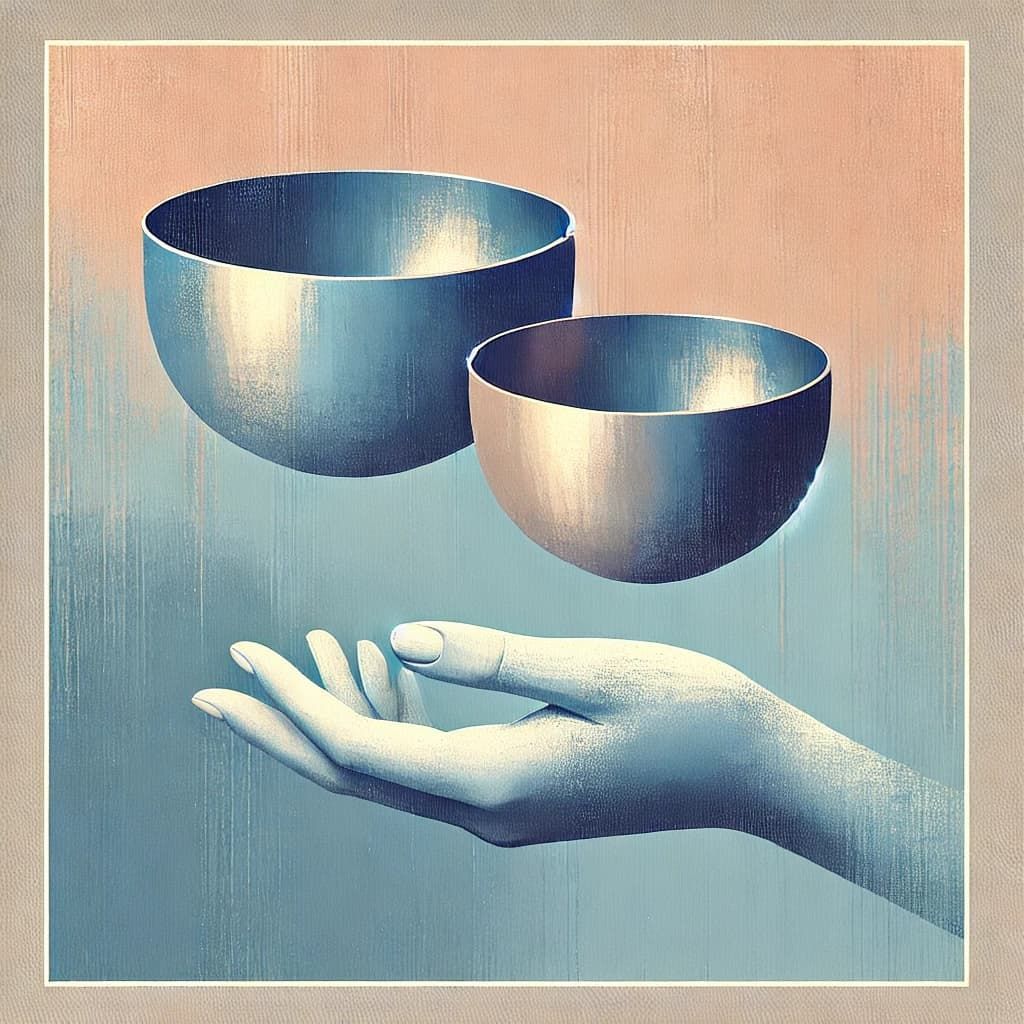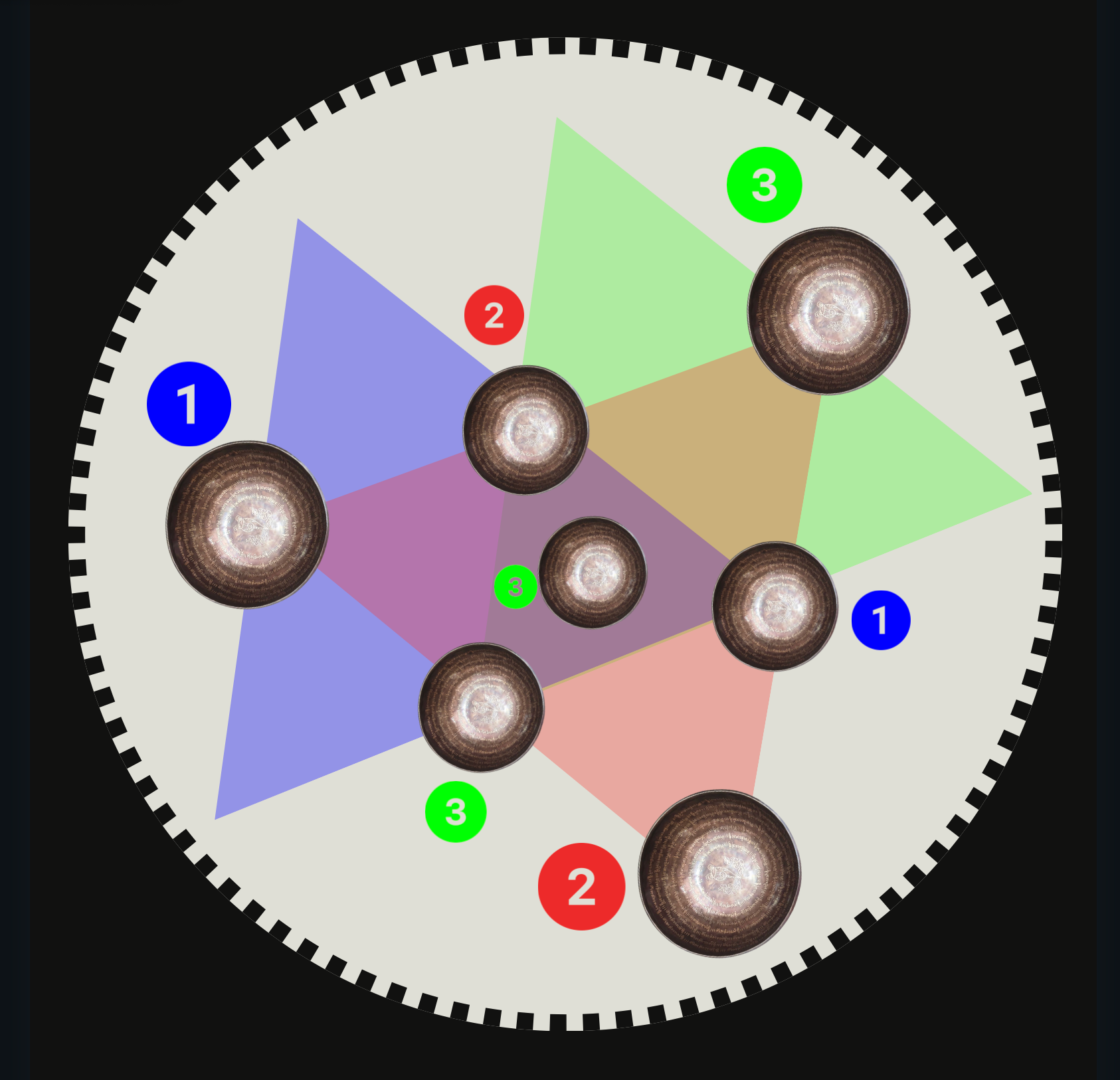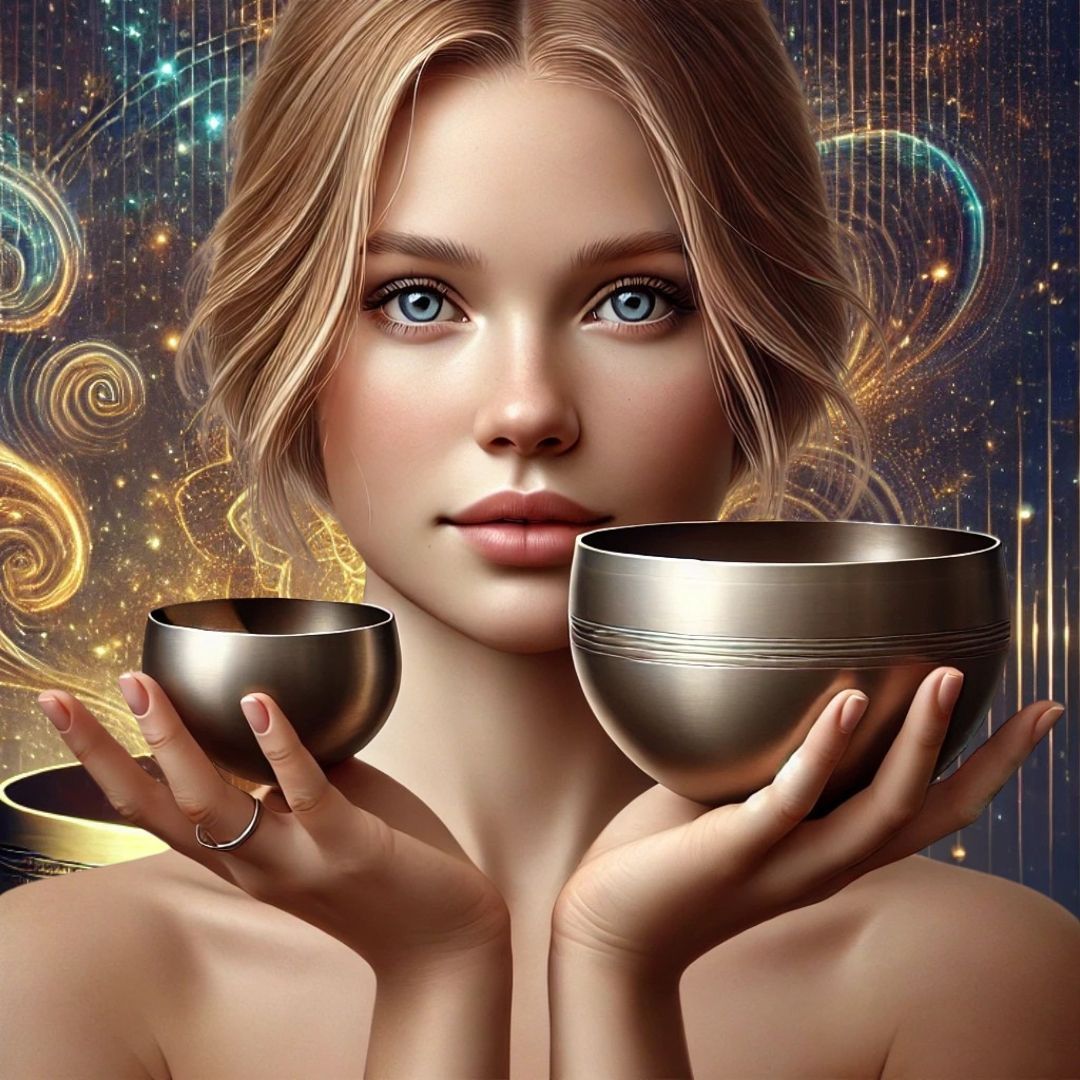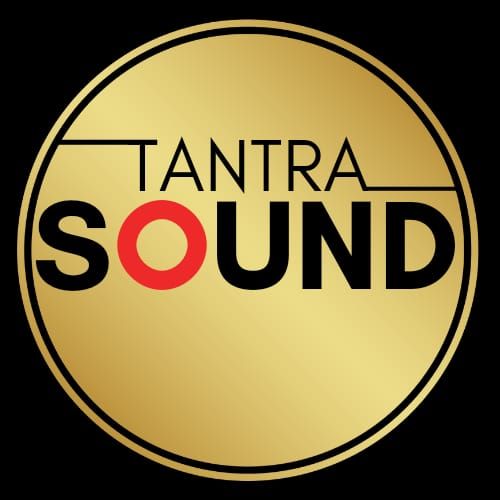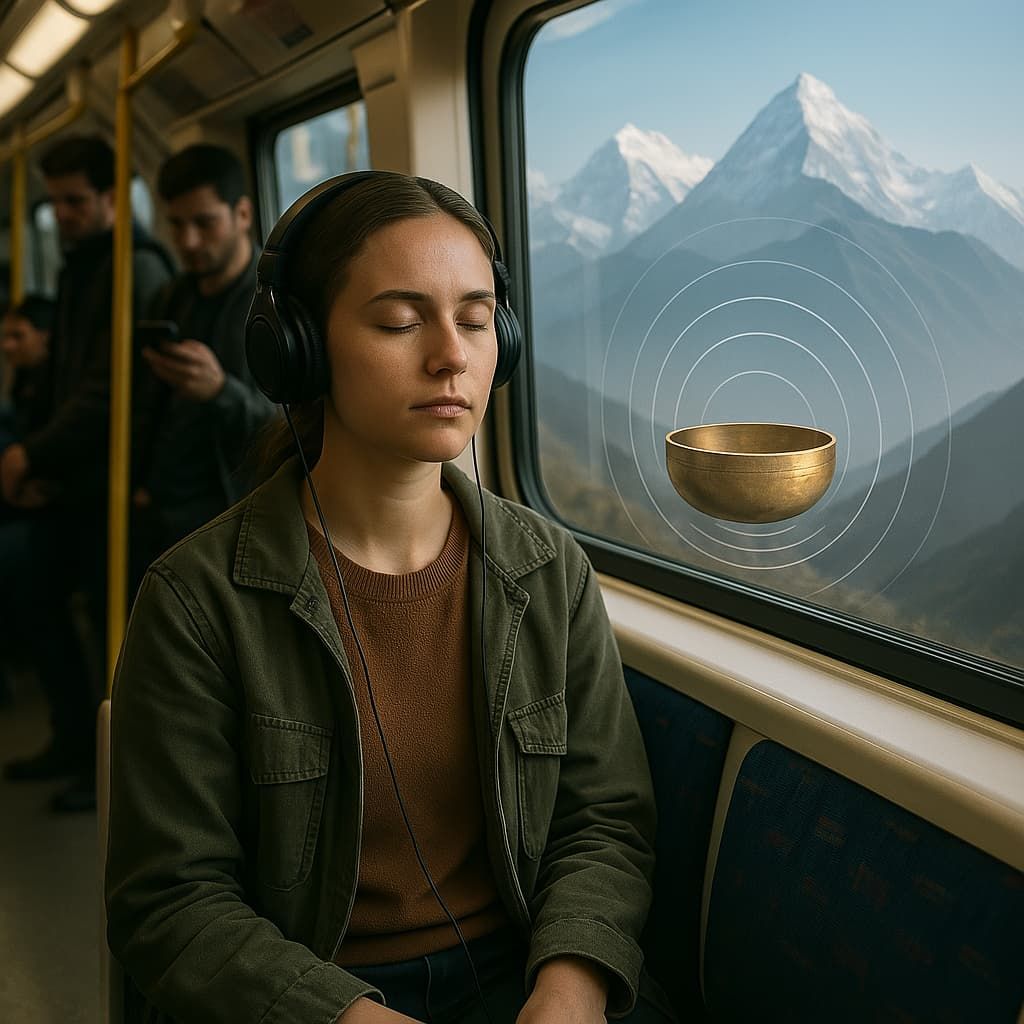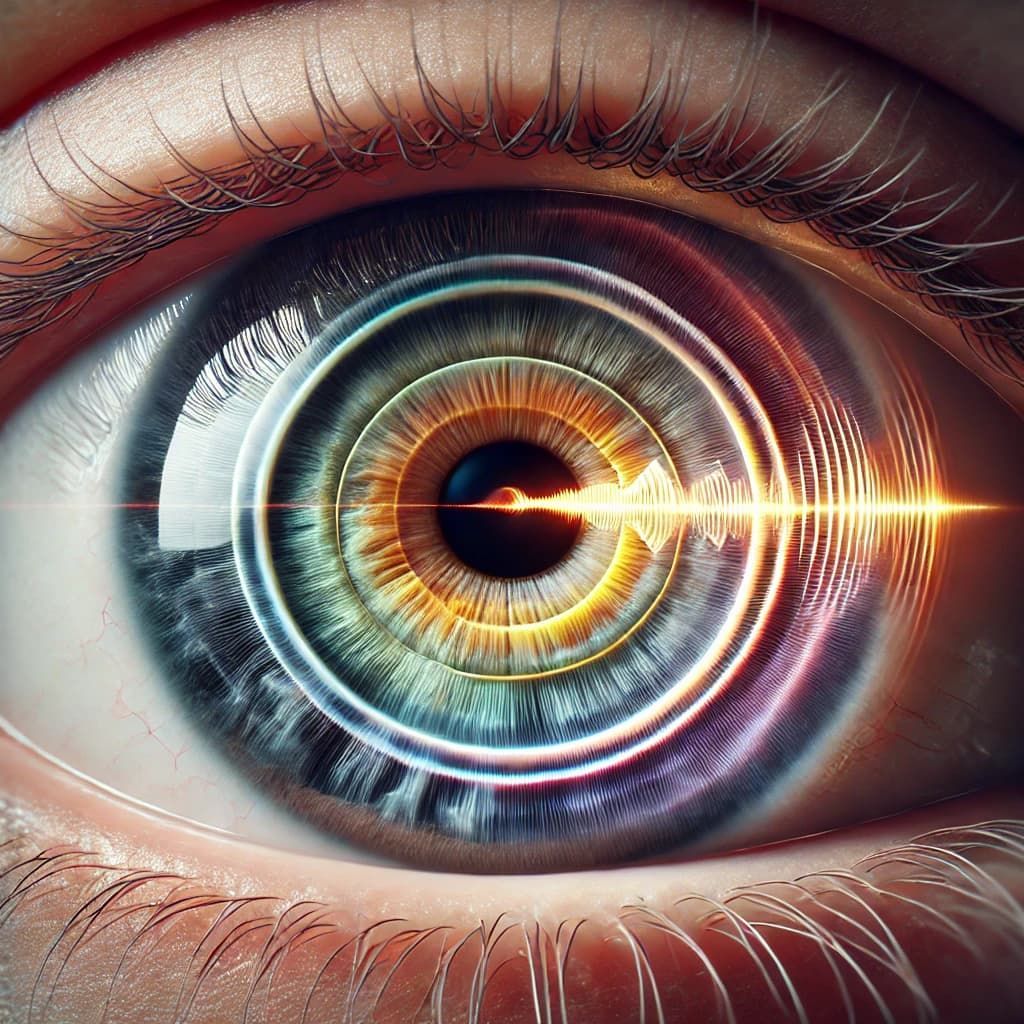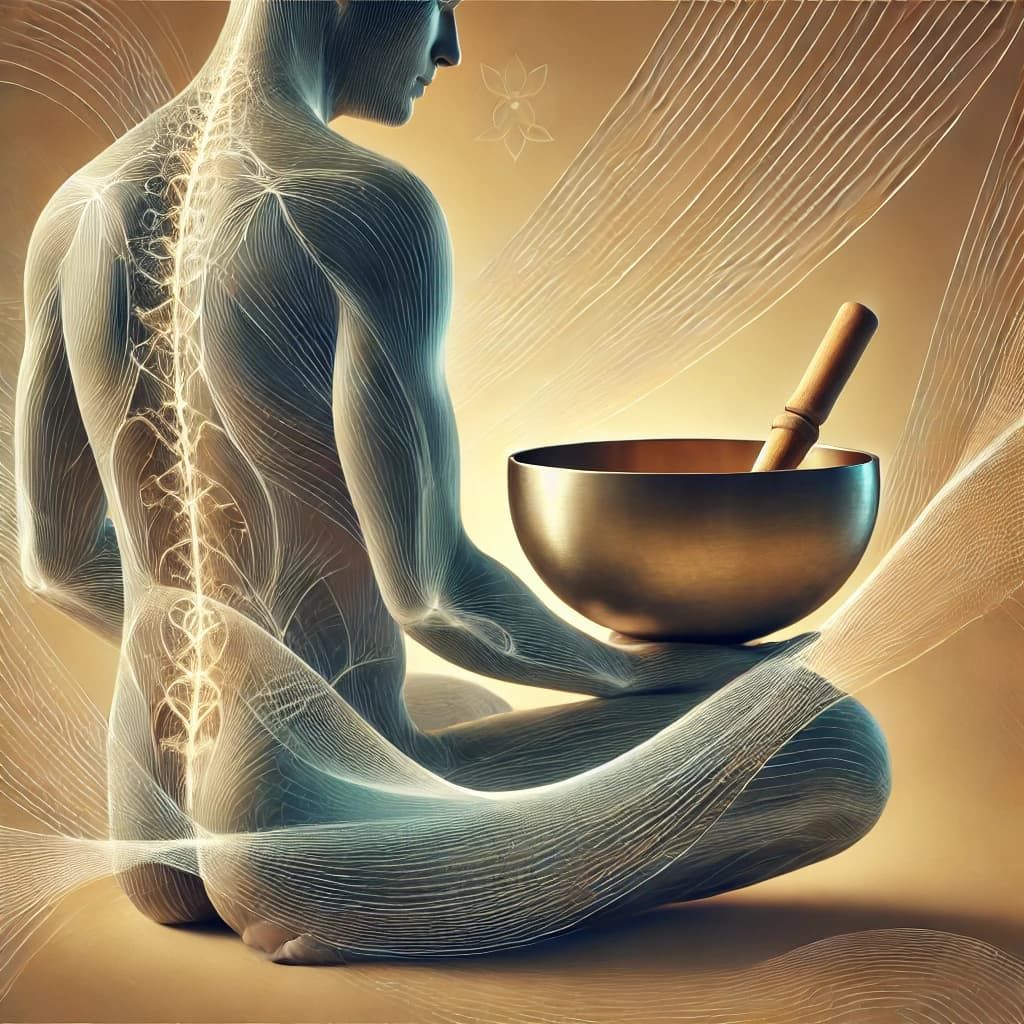When Sounds Paint Colours: Instruments, Sounds, and the Wonders of Perception
When Sounds Paint Colours: Instruments, Sounds, and the Wonders of Perception

The human brain never ceases to amaze us with its intricate capabilities. One fascinating phenomenon that highlights the brain's remarkable interconnectedness is synesthesia. Synesthesia involves the blending or association of different sensory experiences, such as perceiving colours when hearing sounds or experiencing shapes with certain musical notes. In this blog post, we delve into the captivating world of synesthesia, particularly its connections with musical instruments, including the mesmerizing singing bowls. We'll also explore the potential implications of synesthesia in areas like health, technology, and creativity.
Synesthesia and Musical Instruments
Musical instruments have the power to evoke deep emotions and transport us to another realm. For individuals with synesthesia, certain instruments can create even more profound experiences by triggering synesthetic associations. Sound-color synesthesia, for example, may cause a synesthete to perceive specific colours in response to different musical notes or sounds. Imagine the enchanting melodies of a violin painting a canvas of blues, while the powerful notes of a trumpet bring forth vivid splashes of red.
The Enigmatic Singing Bowls:
Among the intriguing instruments associated with synesthesia are singing bowls. These beautifully crafted bowls, traditionally used in meditation and healing practices, produce resonant and soothing sounds when played. For synesthetes, the vibrations and harmonics of singing bowls can trigger synesthetic perceptions, including colours and shapes. Each strike of the bowl may generate a kaleidoscope of colours, dancing and intertwining in a mesmerising symphony.
Health and Therapeutic Applications:
The synesthetic experiences of individuals can have potential therapeutic applications. In the realm of music therapy, for instance, sound-colour or sound-shape synesthetes can explore their emotions and express themselves through instruments like singing bowls. The vivid synesthetic associations can enhance the therapeutic journey, providing unique avenues for self-discovery, healing, and emotional expression.
Synesthesia in Technology and Creativity:
The world of technology opens up exciting possibilities for exploring and simulating synesthetic experiences. Augmented Reality (AR) and Virtual Reality (VR) technologies can create immersive environments that combine visual and auditory stimuli to evoke synesthetic perceptions. Imagine stepping into a virtual realm where the ethereal sounds of singing bowls manifest as swirling patterns of colours, engulfing you in a sensory symphony.
From Artistic Expression to Assistive Technologies:
Synesthesia can also inspire artists and designers to create cross-sensory art and design. Musicians may compose pieces with the intention of eliciting specific colours or visual patterns in synesthetes or the audience at large. Visual artists might experiment with incorporating sound or music into their works to create multi-sensory experiences that bridge the gap between senses. Moreover, synesthesia can potentially inform the development of assistive technologies. Imagine a device that translates sound into tactile sensations for individuals with visual impairments, enabling them to "feel" the colours or shapes associated with different sounds. This intersection of technology and synesthetic experiences holds immense promise for creating inclusive and enriching sensory experiences for all.
Synesthesia is a gateway into the extraordinary world of sensory blending within the human brain. The associations between musical instruments, such as singing bowls, and synesthetic experiences provide unique insights into perception and creativity. From therapeutic applications to technological advancements, synesthesia offers a plethora of possibilities for enhancing our understanding of the brain, improving well-being, and pushing the boundaries of artistic expression and human experience.
References:
- Cytowic, R. E. (2002). Synesthesia: A Union of the Senses. MIT Press.
- Ward, J. (2013). Synesthesia. Annual Review of Psychology, 64, 49-75.
- Hubbard, E. M., & Ramachandran, V. S. (2005). Neurocognitive mechanisms of synesthesia. Neuron, 48(3), 509-520.
- Eagleman, D. M. (2009). Incognito: The Secret Lives of the Brain. Vintage.
- Simner, J. (Ed.). (2012). The Oxford Handbook of Synesthesia. Oxford University Press.
- Dael, N., Sierro, G., Mohr, C., & Petitpierre, G. (2013). Investigating emotional associations of synesthetic colors in grapheme-color synesthetes. Consciousness and Cognition, 22(3), 854-864.
- Beeli, G., Esslen, M., & Jäncke, L. (2008). Frequency Correlates in Grapheme-Color Synaesthesia. Psychological Science, 19(2), 206-210.
- Terhune, D. B., Tai, S., Cowey, A., Popescu, T., & Cohen Kadosh, R. (2011). Enhanced cortical excitability in grapheme-color synesthesia and its modulation. Current Biology, 21(23), 2006-2009.
